Communication came up a few times and specifically the challenge they were facing with email. This was something that I had not even thought about. Prior to COVID email was not a system we used across the school to routinely communicate with students. Our student email addresses are formatted with a string of numbers and at a domain that has been hard for students to remember. Students did use personal gmail or other domain specific addresses but we did not utilize our district addresses. Not having a centralized email system was one of the first things we realized we needed to use when we transitioned to distance learning. As we prepared to reopen in September virtually, we made sure that students were aware of their district emails and taught them how to find and sign into their accounts. And that's where we stopped. We assumed that accessing their email account was all that they needed to learn.
If you haven't met with your students or solicited feedback, I highly recommend it. This is one of a handful of things we learned from one brief meeting.
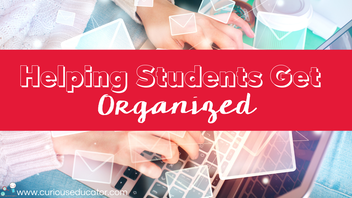

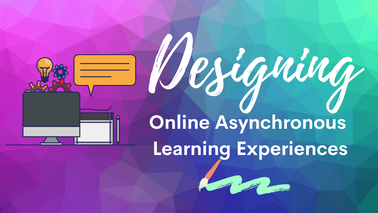

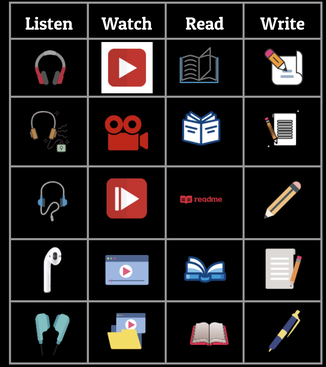
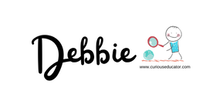
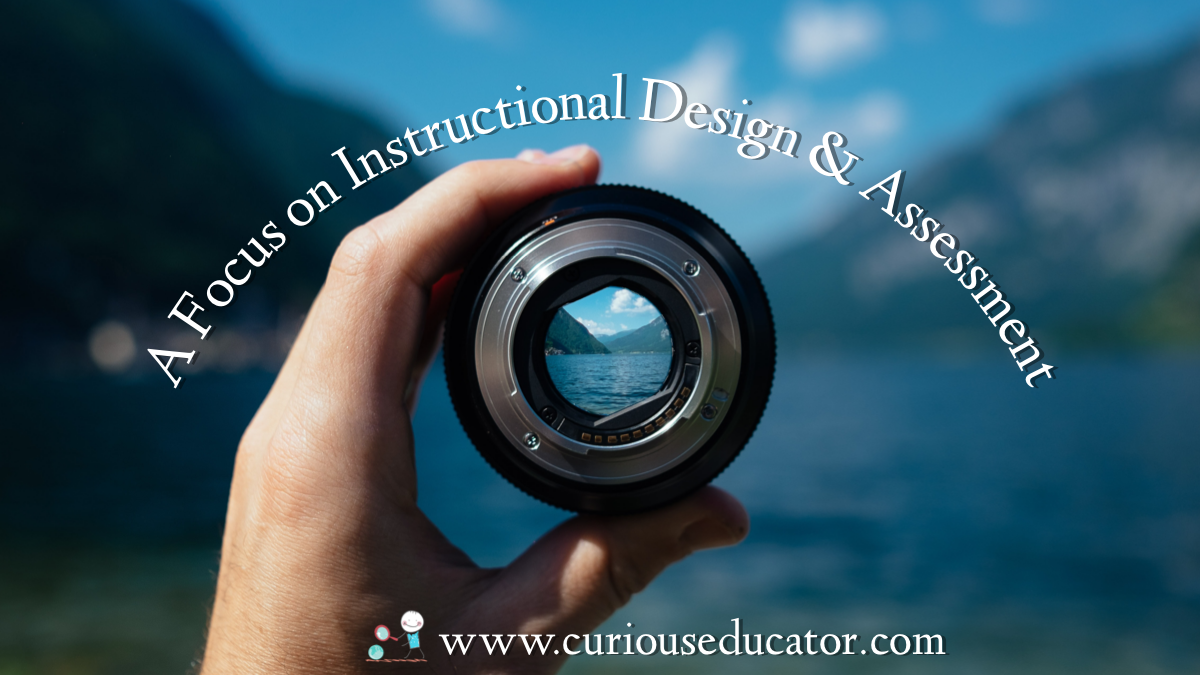
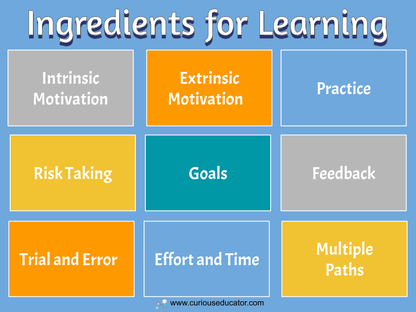
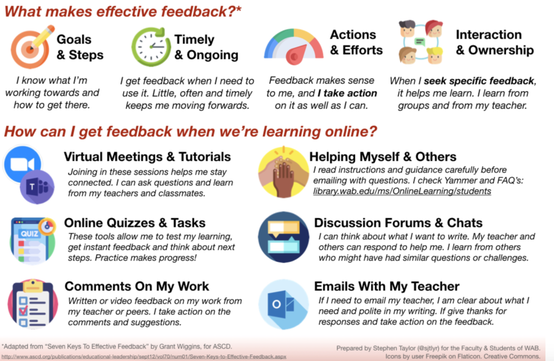

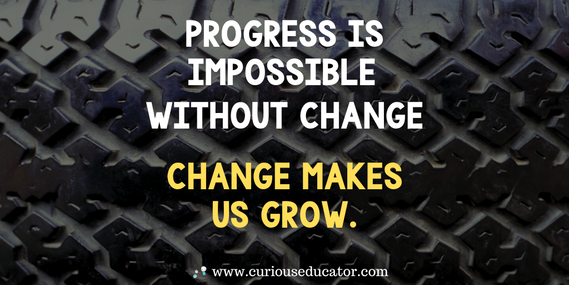
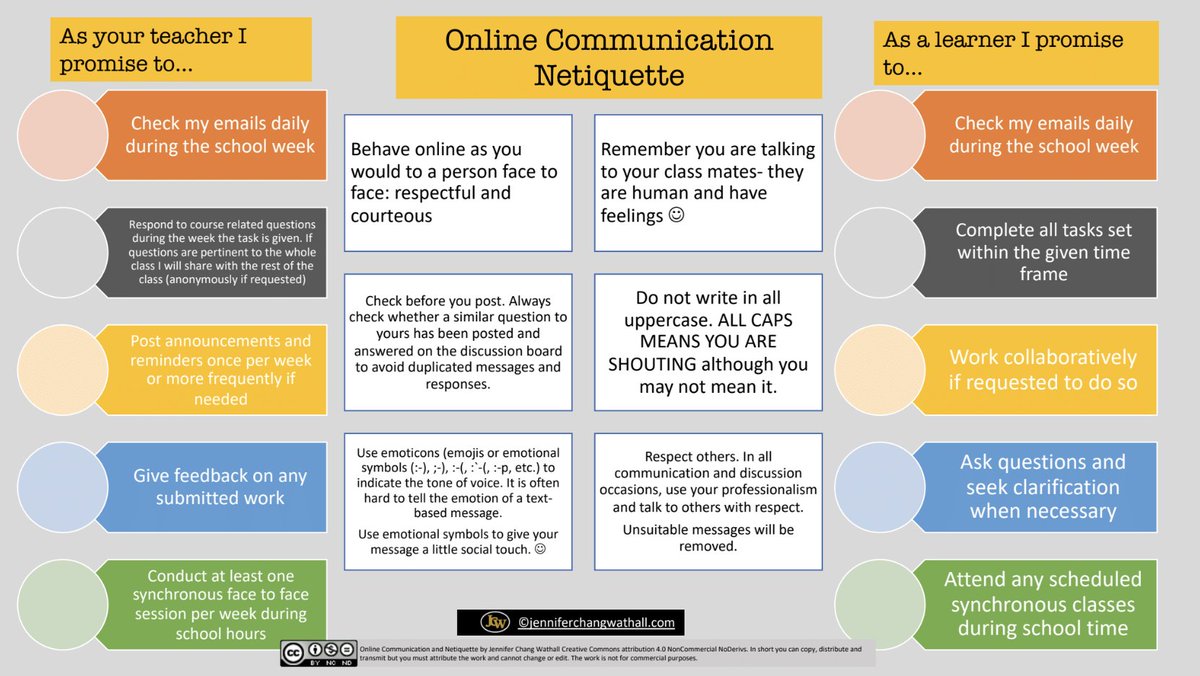
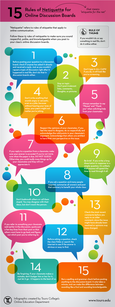
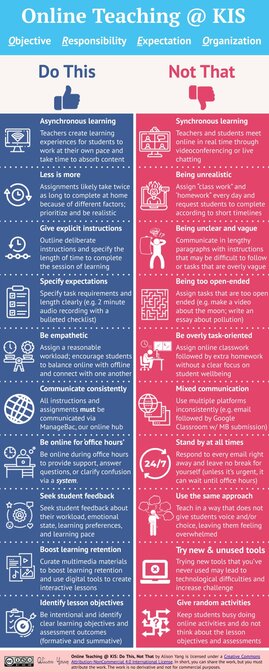
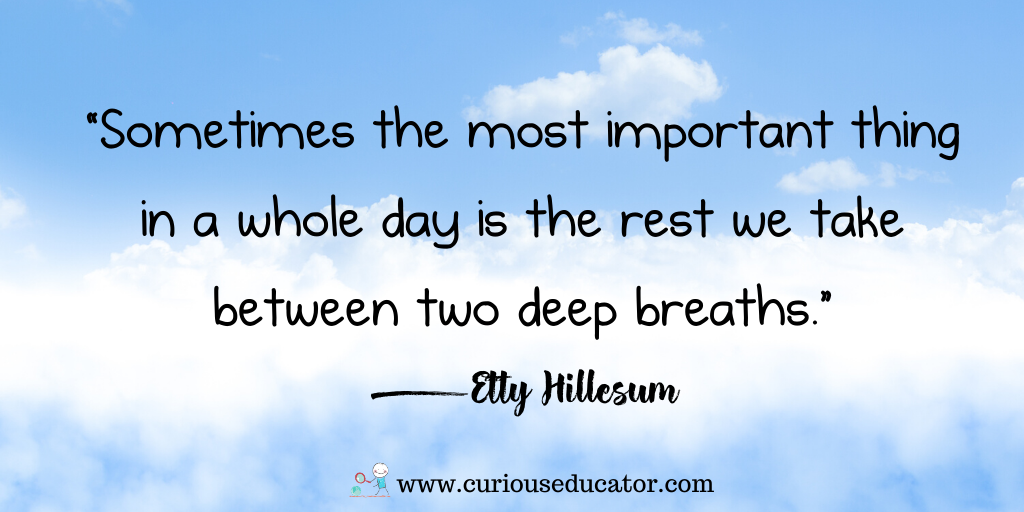
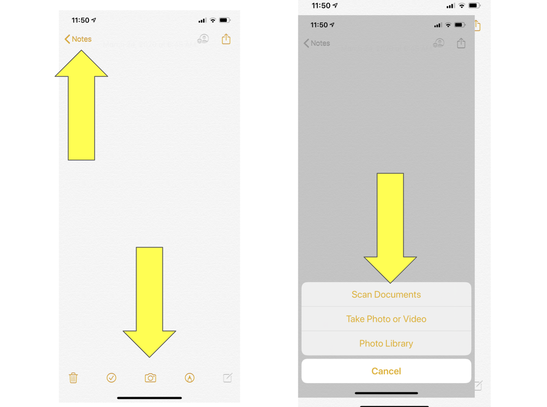
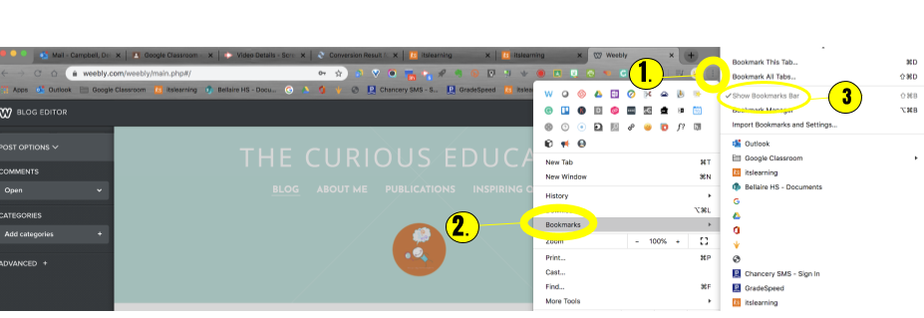




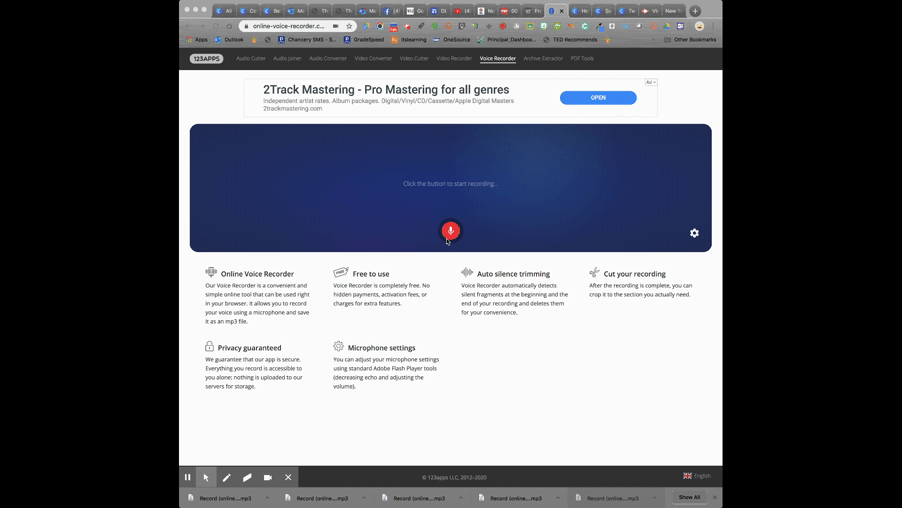




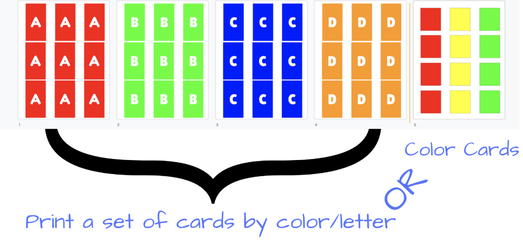



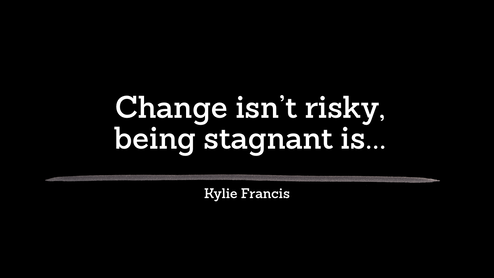
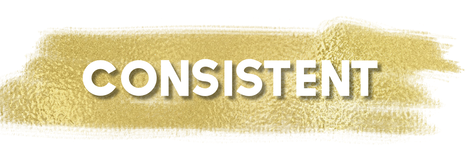
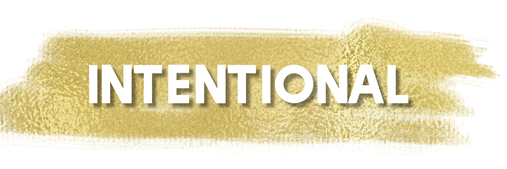

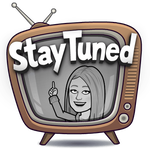
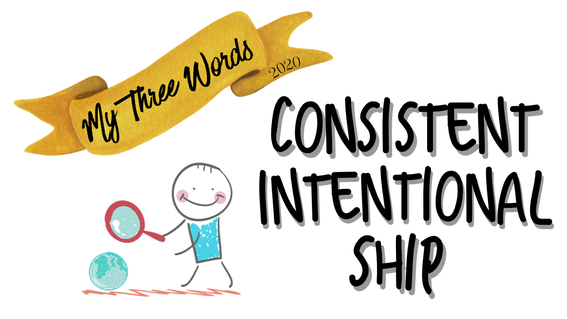
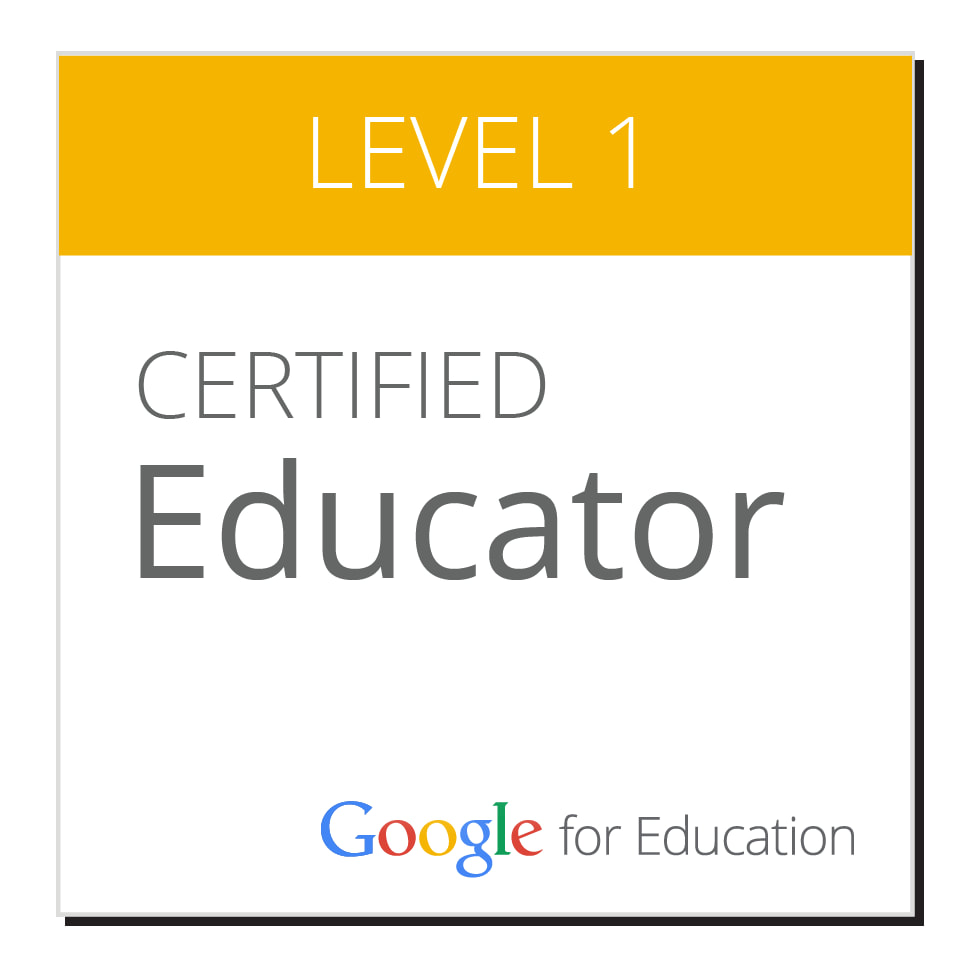
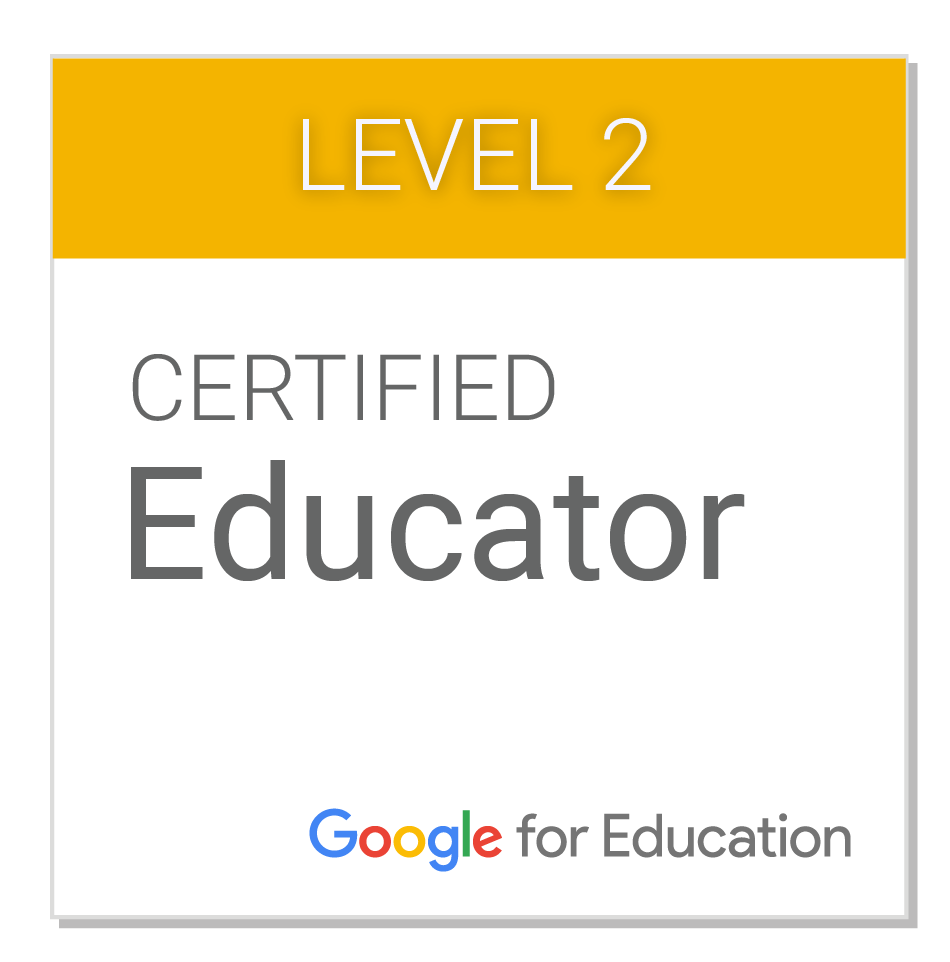
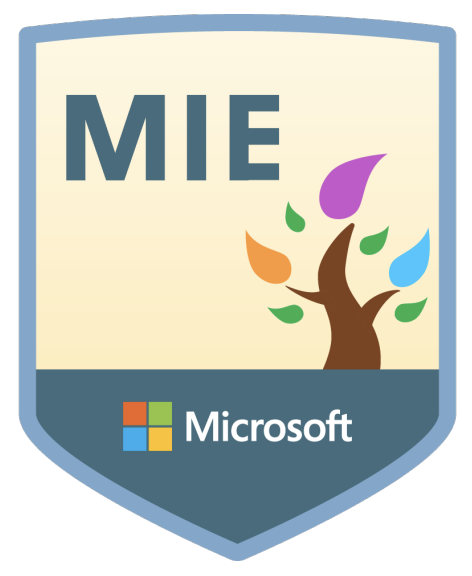
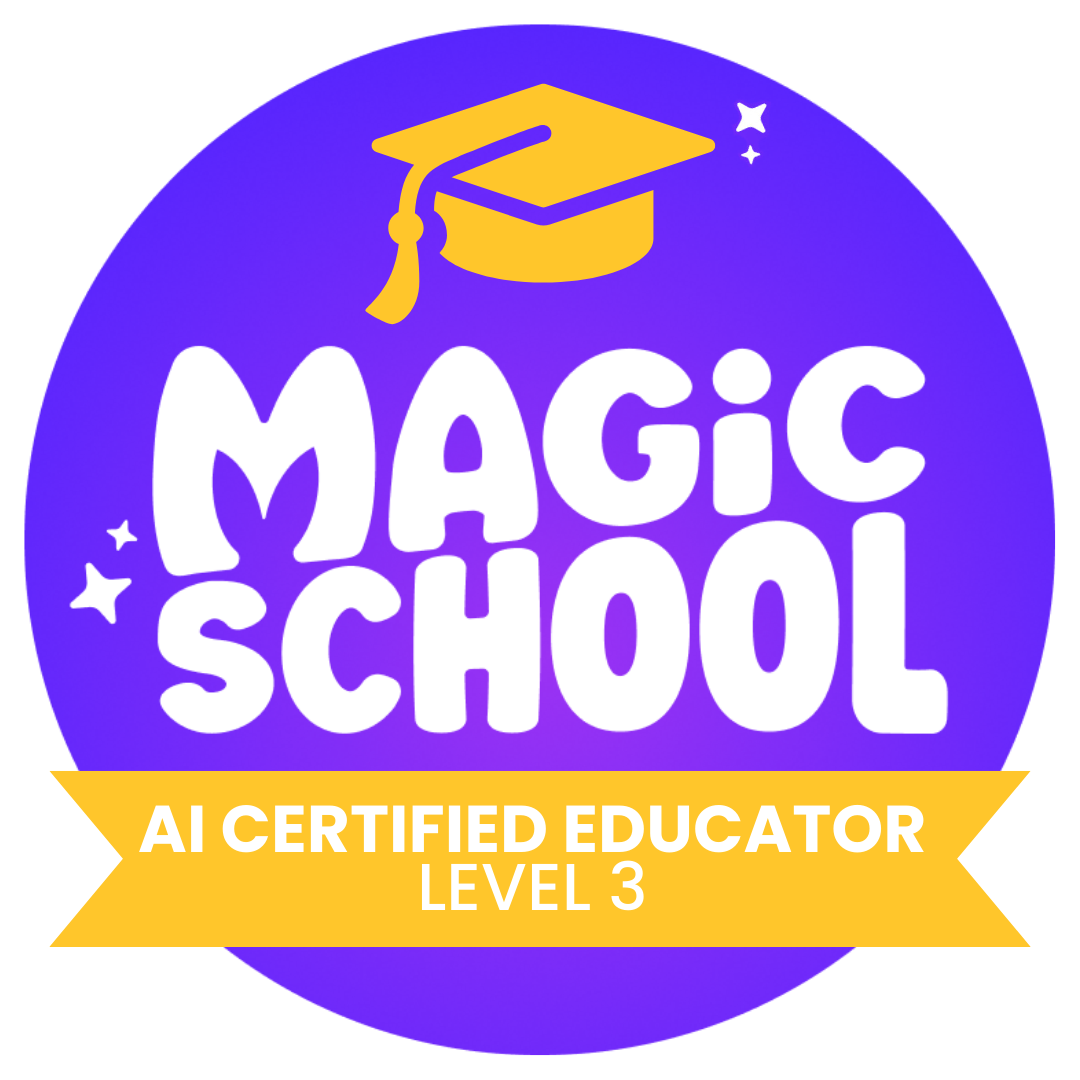

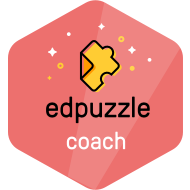
 RSS Feed
RSS Feed
